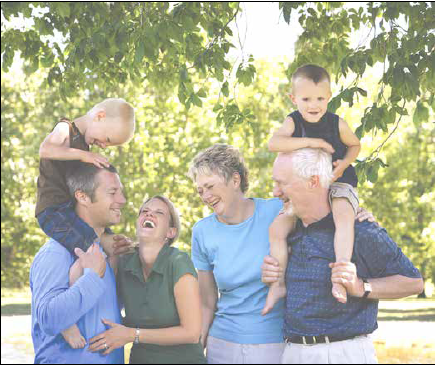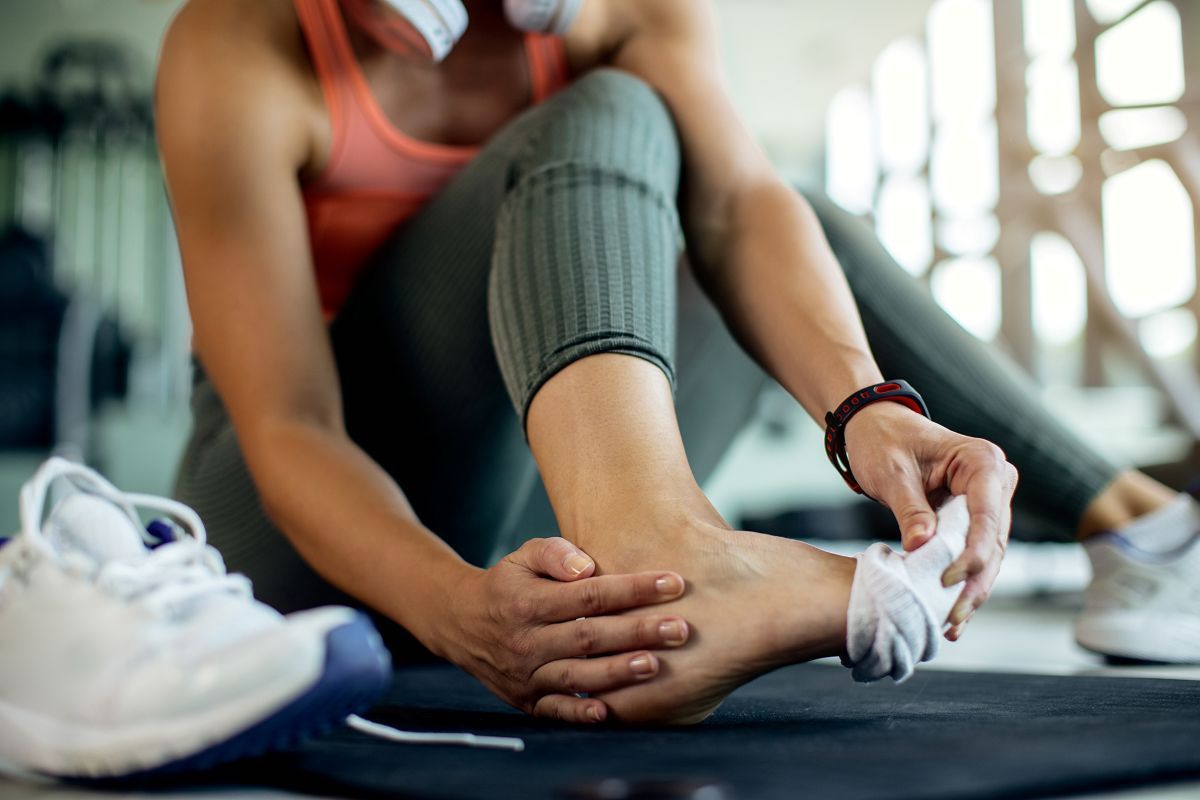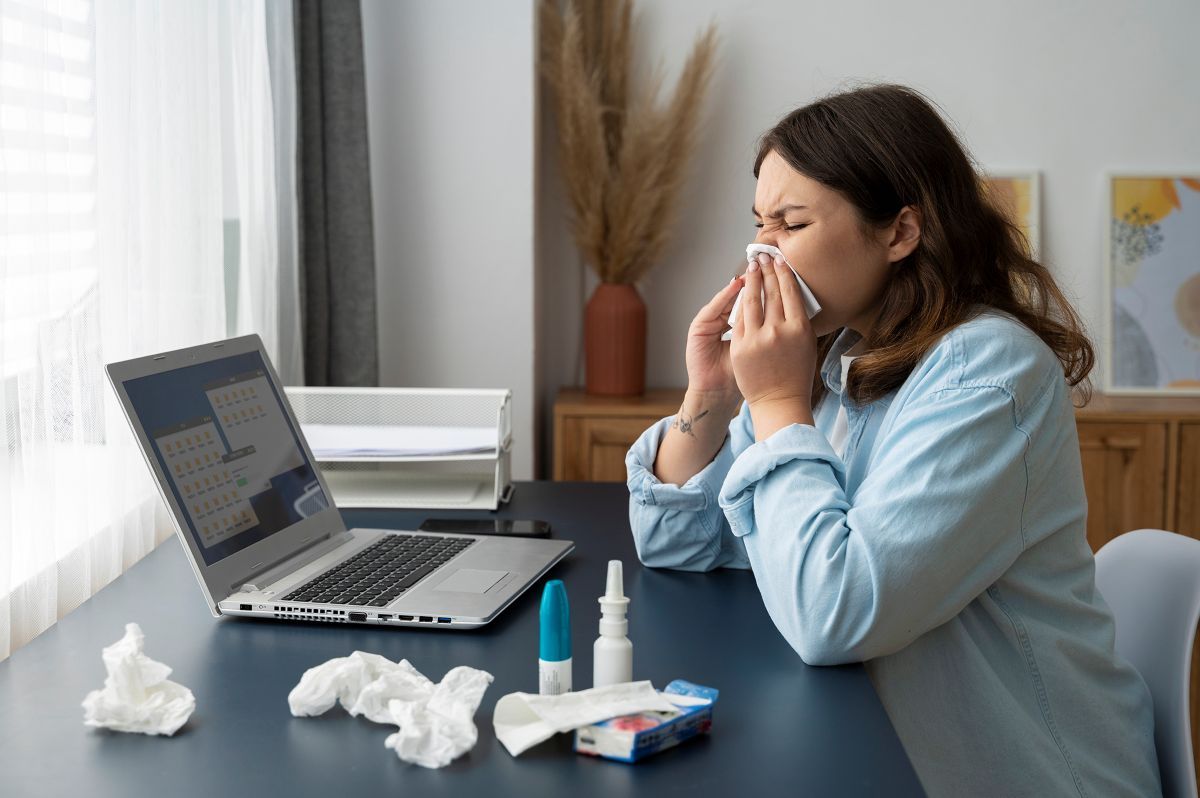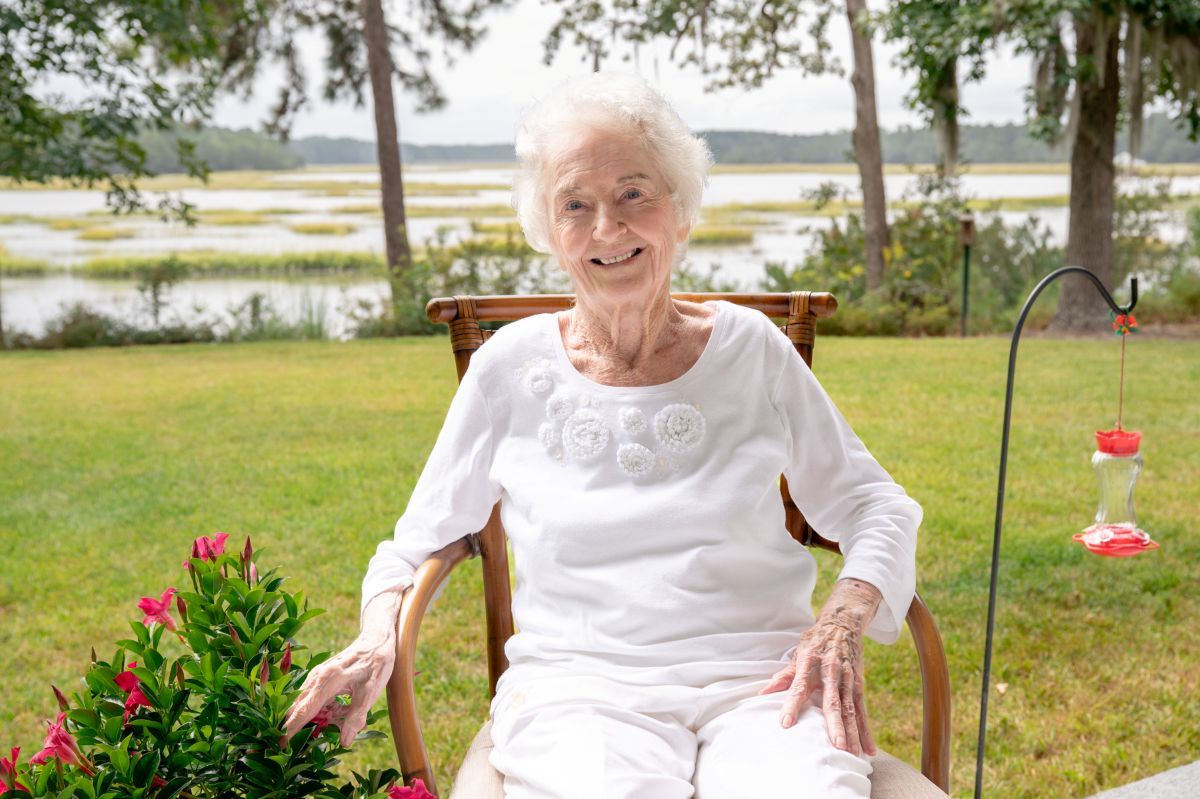Family reunions are on again! These get togethers are an opportunity to reconnect families, honor relatives, have fun, and share memories. Reunions are also an opportunity to plan safe and healthy activities. If you are planning or participating in a family reunion, take steps to make healthy living a part of family activities for a lifetime.
Plan Healthy Meals, Snacks, and Drinks
Eating and exchanging recipes is a big part of family reunions. Use this opportunity to adapt recipes, snacks, and beverages to incorporate healthier options low in saturated fat, salt, and calories. Also, consider relatives that may have high blood pressure, diabetes, obesity, or other conditions where special attention to foods and healthier options are needed.
Recipe Re-Mix helps you enjoy your favorite comfort foods in a whole new way. Find helpful hints to reduce the total fat, saturated fat, calories, and sodium in your recipes. Discover how fruits and vegetables can give your all-time favorites a healthy new twist. Think about one of your favorite recipes and follow the steps to change it for the better.
Rethink Your Drink helps you understand that another way to cut calories may be to think about what you drink. Many people don’t realize just how many calories beverages can contribute to their daily intake. But there is good news: there are plenty of options for reducing the number of calories in what you drink and in making smart beverage choices.
Other important sources:
Nutrition Topics
Diabetes and Me: Eat Right
Buffet Table Tips for People with Diabetes (NIH)
Prepare Food Safely
Make the most of the fun by making sure your food remains safe. Foodborne illness is caused by consuming contaminated foods or beverages. The following steps are easy, and they’ll help protect you and those around you from harmful foodborne bacteria.
Cook: Cook meat, poultry and eggs thoroughly. Using a thermometer to measure the internal temperature of meat is a good way to be sure that it is cooked sufficiently to kill bacteria. For example, ground beef should be cooked to an internal temperature of 160° F. Eggs should be cooked until the yolk is firm.
Separate: Don’t cross-contaminate one food with another. Avoid cross-contaminating foods by washing hands, utensils, and cutting boards after they have been in contact with raw meat or poultry and before they touch another food. Put cooked meat on a clean platter, rather than back on one that held the raw meat.
Chill: Refrigerate leftovers promptly. Bacteria can grow quickly at room temperature, so refrigerate leftover foods if they are not going to be eaten within 4 hours. Large volumes of food will cool more quickly if they are divided into several shallow containers for refrigeration.
Clean: Wash produce. Rinse fresh fruits and vegetables in running tap water to remove visible dirt and grime. Remove and discard the outermost leaves of a head of lettuce or cabbage. Because bacteria can grow well on the cut surface of fruit or vegetable, be careful not to contaminate these foods while slicing them up on the cutting board, and avoid leaving cut produce at room temperature for many hours. Wash your hands with soap and water before preparing food. Avoid preparing food for others if you yourself have a diarrheal illness. Changing a baby’s diaper while preparing food is a bad idea that can easily spread illness.
Report: Report suspected foodborne illnesses to your local public health department, an important part of the food safety system. Calls from concerned citizens are often how outbreaks are first detected.
Know and Share your Family Health History
Family history refers to health information about you and your close relatives. Family history is one of the most important things that may increase your chance for health problems like heart disease, stroke, diabetes, and cancer. Use the family reunion as a time to talk about family health. Let members know about health issues that are common in the family. Family members share not only their genes, but also their environment, lifestyles, and habits. You can’t change your genes, but you can change behaviors that affect your health, such as smoking, inactivity, and poor eating habits. People with a family history of chronic disease may have the most to gain from making lifestyle changes. Take a health quiz with family members to determine risk for disease or injury.
Other important sources:
Health and Safety Quizzes and Tools
Family Health History: Resources and Tools
Travel Safely
If you are traveling down the street, across the country, or internationally, be prepared. Don’t drink and drive, and don’t let someone else drink and drive. Wear a seat belt every time you drive or ride in a motor vehicle. Always buckle your child in the car using a child safety seat, booster seat, or seat belt according to his/her height, weight, and age. If you’re taking a cruise, know your ship’s recent inspection scores. If traveling internationally, make sure you have all the vaccinations required for that area.
Other important sources:
Child Passenger Safety
Travel
Be Safe
Have lots of fun, but take precautions to make sure that family and friends are safe, especially outdoors and while traveling.
Other important sources:
Healthy Swimming / Recreational Water
Injury, Violence, and Safety
Keep Your Cool in Hot Weather
Skin Cancer Prevention
Spring and Summer Outdoor Safety
Be Active
Some reunion plans may involve walking, hiking, dancing, tennis, bowling, or other fun activities. All of these activities can contribute to our daily need for physical activity to stay fit. There is no need to think of strenuous exercise or boring workouts. Instead, imagine doing fun physical activities you enjoy, and watch the health benefits follow!
Adults should be active for at least 2½ hours a week. Include activities that raise breathing and heart rates and that strengthen muscles.
Kids and teens should be active for at least 1 hour a day. Include activities that raise breathing and heart rates and that strengthen muscles and bones.
Regular physical activity may help reduce your risk for many diseases, including cardiovascular disease, type 2 diabetes, colon and breast cancers, and osteoporosis. It also helps to control weight; contributes to healthy bones, muscles, and joints; and reduces falls among older adults.
Go Green
Help reduce or prevent waste to lower greenhouse gases. Use less and throw away less. Reuse products instead of throwing them away. Recycle items, such as glass, plastic, or paper.
Exclusive content from CARE Magazine








